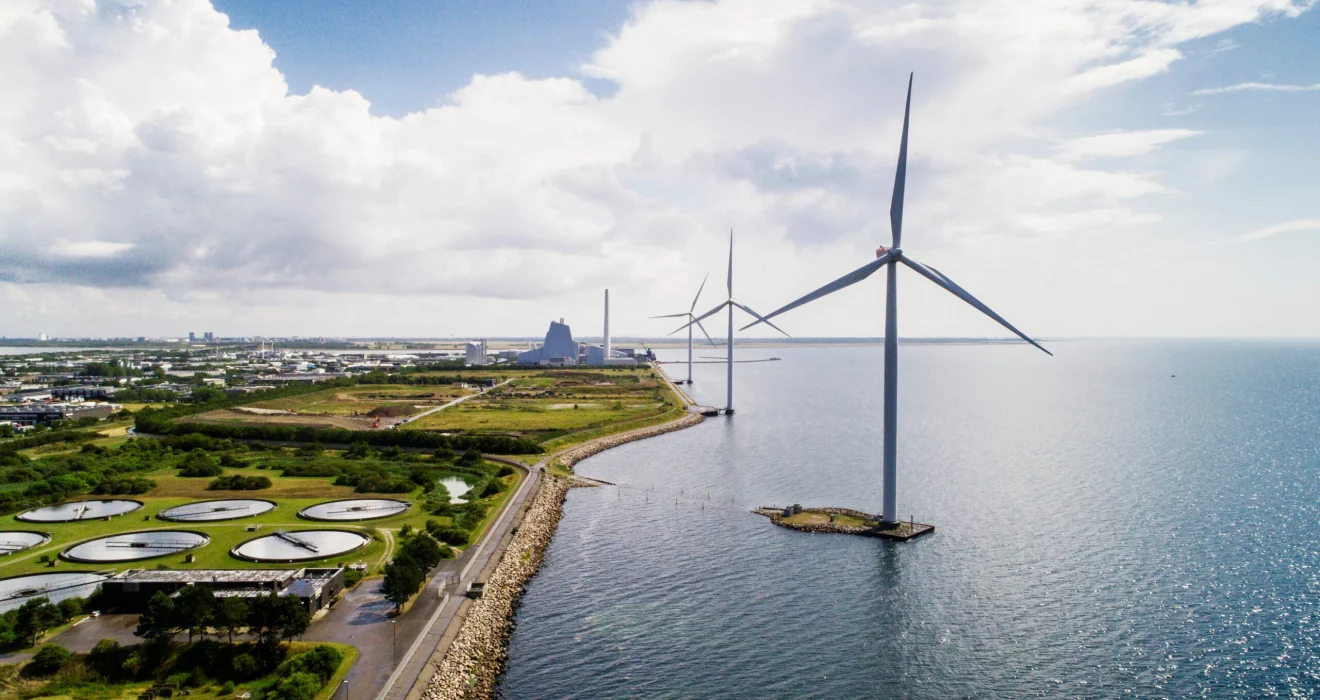The world stands at a pivotal moment in its battle against climate change, where the adoption of clean hydrogen holds immense promise for driving decarbonization efforts forward. Electrolyzers, serving as the backbone of this transition, employ electricity to split water molecules, yielding hydrogen as a clean energy source. Yet, despite substantial investments and policy endeavors, apprehensions loom over the accessibility of critical minerals pivotal for the manufacture of electrolyzers. As nations strive to meet ambitious decarbonization targets and transition to renewable energy sources, securing a steady supply of essential minerals becomes paramount. The examination of current challenges and prospective solutions serves as a clarion call for concerted global efforts to address these concerns and ensure the uninterrupted advancement of clean hydrogen technologies.
Assessing Material Requirements for Electrolyzers
Assessing the material requirements for electrolyzers is pivotal in comprehending the scale of the challenge ahead. Each type of electrolyzer—be it Alkaline, PEM, or SOEC—presents unique material demands, spanning from commonplace metals like nickel and iron to rare and precious metals such as platinum and iridium. Moreover, hydrogen fuel cells, integral to the conversion of hydrogen into electricity, also hinge on critical minerals like platinum. Through a meticulous examination of anticipated electrolyzer capacities and existing production rates, we can gauge the sufficiency of mineral reservoirs to satisfy forthcoming demands. This analysis unveils the intricate interplay between technology, resource availability, and future energy needs, spotlighting the necessity for proactive measures to bridge potential gaps in mineral supply chains.
Analysis of Future Material Demand and Supply Constraints
Projected scenarios for global electrolyzer capacity reveal a wide range of potential demand, with estimates ranging from 1,400 to over 16,700 GW by 2050. While certain materials like aluminum and rare earth elements appear to have sufficient supply to meet future demand, others, particularly platinum, palladium, and iridium, face significant constraints. These constraints are driven by economic factors, including limited geographical distribution of production and supply chain concentration. For instance, South Africa dominates global platinum and iridium supply, posing risks of supply disruptions due to factors like energy infrastructure challenges.
Addressing Supply Chain Challenges and Policy Implications
Addressing supply chain challenges and their policy implications requires a concerted effort from policymakers. Priority should be given to strategies aimed at diversifying supply chains and bolstering the production of critical minerals. International cooperation is paramount in expanding mining capacity and enhancing processing infrastructure, thereby lessening dependence on a handful of dominant suppliers. Initiatives like the Inflation Reduction Act under the Biden administration offer a roadmap for incentivizing domestic mineral production and curbing import reliance. Moreover, investments in research and development, alongside advancements in recycling technologies, can enhance material efficiency, easing the strain on mineral supplies while fostering sustainable resource management practices. By embracing these approaches, policymakers can navigate the complex landscape of mineral supply chains, ensuring a robust foundation for the widespread adoption of clean hydrogen technologies and facilitating the transition towards a greener future.
Promoting Innovation and Collaboration in Clean Hydrogen Technology
As the world embarks on the path towards decarbonization, fostering innovation and collaboration is essential in driving the advancement of clean hydrogen technology. Governments, industry stakeholders, and research institutions must come together to spur technological breakthroughs that enhance the efficiency and affordability of electrolyzers. Investing in research and development initiatives aimed at reducing the reliance on critical minerals, such as platinum and iridium, through the development of alternative materials or processes is crucial. Furthermore, fostering collaboration between nations can facilitate knowledge sharing and accelerate the adoption of best practices in clean hydrogen production. By promoting innovation and collaboration, stakeholders can overcome challenges related to material availability and supply chain constraints, paving the way for a more sustainable and scalable clean hydrogen economy.
Conclusion: Navigating the Path Forward for Clean Hydrogen
The transition to clean hydrogen presents immense opportunities for decarbonizing energy systems and addressing climate change. However, realizing this potential requires overcoming significant challenges related to critical mineral availability for electrolyzer manufacturing. While there are sufficient materials to meet deployment targets, concerted efforts are needed to address supply chain constraints and promote sustainable resource management. By prioritizing policies that support mineral production, diversify supply chains, and foster technological innovation, governments can accelerate the transition to a cleaner, more sustainable hydrogen economy. The time to act is now, as the urgency of climate change demands swift and decisive action towards a low-carbon future powered by clean hydrogen.

